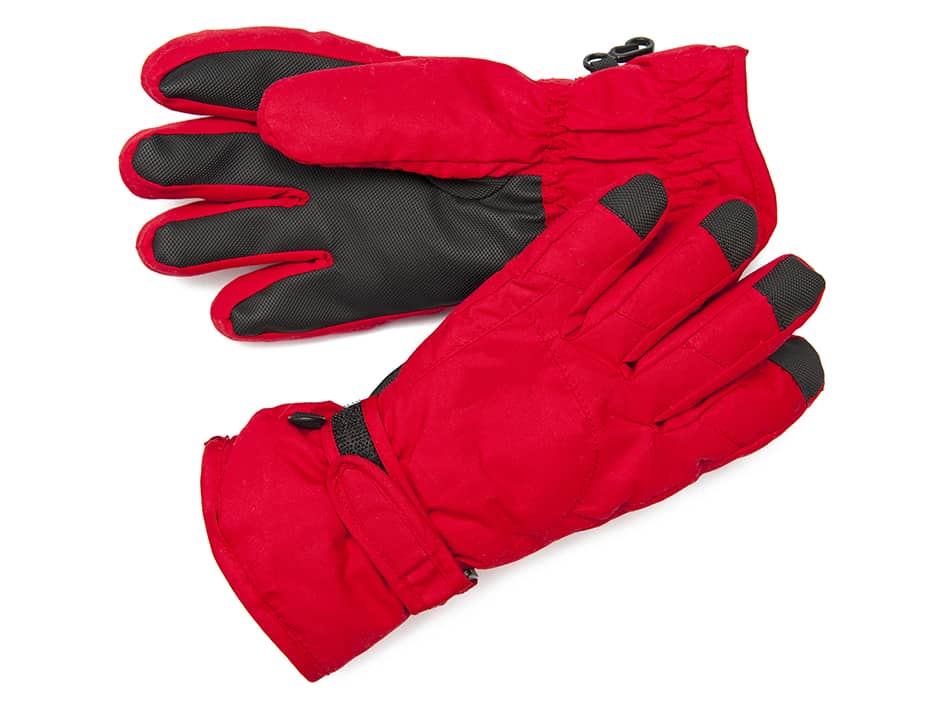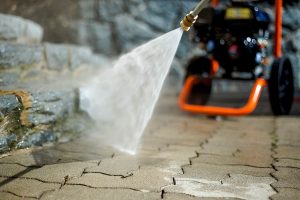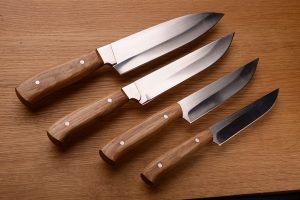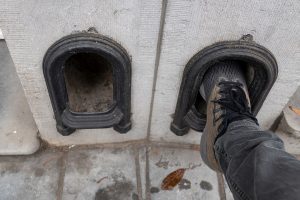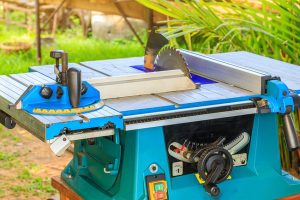Gloves are an item of clothing that covers the hand, and when most of us think about gloves, we immediately think of winter gloves which are intended to keep hands warm in low temperatures. However, there are a huge number of different types of a glove which are designed to protect hands when doing home improvement tasks, painting blades, improve grip, keep hands clean when cleaning and washing, or be worn for fashion. Some types of gloves can be fingerless, or in the case of oven gloves or baseball gloves, take the shape of a mitt with no defined finger sheaths.
This list details the different parts of a glove that can be found on gloves with separate sheaths for each finger. You also find below the diagram of glove parts.
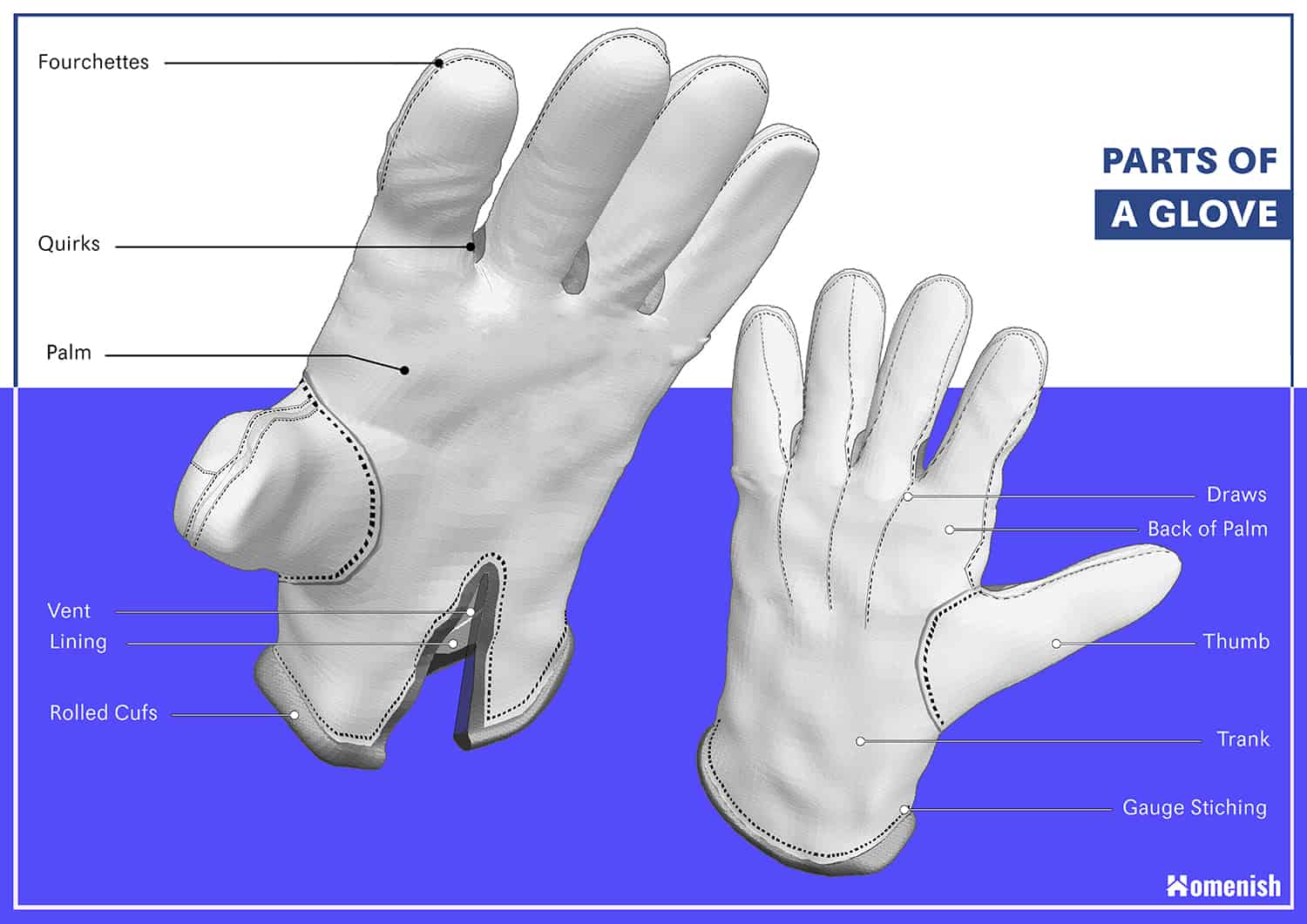
Tranks
The tranks are the pieces of material that are used to make up the area on the glove which covers the palm of the hand and the back of the hand. Each glove will consist of a pair of tranks, and can be made from numerous types of fabric, including but not limited to leather, satin, rubber, neoprene, or canvas.
Fourchettes
Fourchettes are the narrow panels that run down the edge of each finger on the glove. Not all gloves have fourchettes, but those that do will offer better movement and dexterity compared with gloves without fourchettes. This makes fourchette gloves ideal for work gloves where freedom of movement is important. Gloves with fourchettes also offer a greater level of comfort, and therefore they are commonly found on more expensive leather gloves.
Each glove will use either four whole fourchettes or eight half fourchettes, depending on the design and style. The word ‘fourchette’ is a French term that translates in English to ‘fork’ and describes these parts on a glove because they consist of forked panels.
Thumbs
The thumb of a glove uses fabric to cover the thumb of a hand. The thumb can be made from two separate pieces of fabric stitched together or one whole piece of shaped fabric.
Quirks
Quirks are small pieces of fabric shaped like diamonds, which are stitched into the base of each finger joint where the fourchettes meet the tranks. This is a feature that is usually only found on more expensive gloves, as it requires hand stitching and the talent of an experienced seamstress or glover. Quirks improve the fit of a glove and will typically be used for custom-made gloves, which are measured to fit the user precisely. Quirks will also aid in better movement of the gloved hand and improve comfort.
Points/Draws
Points or draws refer to the decorative stitching, which is sometimes found on the part of the glove which covers the back of the hand. These don’t affect the functionality of the glove but can give a pair of gloves a more refined or stylish appearance. Typically points or draws come in sets of three lines on each glove, though they can sometimes be single lines of stitching or stitched patterns.
Lining
A good pair of gloves will be lined with a layer of fabric on the inside of the glove, as this will increase warmth and provide an additional layer of protection. The lining of a glove will also absorb any perspiration and therefore protect the outer material of the glove from becoming stained or spoiled. You can usually spot a cheap pair of gloves because they will lack a layer of lining.
Depending on the function of the gloves, the lining can be made from various materials. Gloves that are designed for warmth can be lined with thermal fabrics, faux fur, wool, or fleece. Fashion gloves are more likely to be lined with fine fabrics such as silk. The lining of a glove will consist of the same parts of the glove itself, including tranks, fourchettes, and thumbs.
Vent
Vents are a common feature of gloves that aid in wrist movement and provide a better fit around the wrist. These are ‘V’ shaped cuts in the fabric, which typically appear on the palm side of the glove, at the inner wrist, though they may sometimes be found on the backside of the glove instead.
Perforations
Perforations are holes that have been stamped into the material of the glove to improve grip or aid in ventilation. They can vary in size from being as small as a pinprick up to the size of a standard office hole punch. Perforations can also be used for style purposes with no functional intention. The types of gloves that have perforations are commonly those used in sports or those intended for riding motorcycles.
Strap
For gloves that need to be reliably held tight onto the user, straps or rollers are used. These are extra pieces of fabric around the wrist area of the glove, which can be tightened up and secured with clips, buckles, or velcro. They prevent the likelihood of a glove falling off and ensure a better fit for the user. Types of gloves that commonly benefit from straps include skiing gloves, weight lifting gloves, and firefighting gloves.
Cuff
The cuff of the glove is where the fabric of the glove ends around the wrist of the user. The cuff can be finished in various ways to suit functionality or style. Popular types of cuff include:
Rolled edge
A rolled edge is where the fabric curves back on itself and is sewn down in a flat position. This type of cuff is usually employed on gloves made from thin fabrics, as it improves the durability of the gloves and helps to prevent tearing when they are being put on or taken off.
Elastic cuff
An elastic cuff provides a tighter fitting glove around the wrist. This can keep hands warmer by preventing cold air from getting in and can also help to prevent the entry of germs or other unwanted particles.
Serrated cut
This style of cuff gives a zigzag effect around the edge and helps to improve the durability of the glove to give it a longer lifespan.
